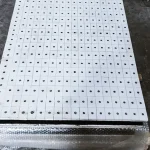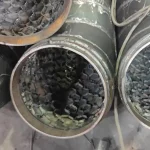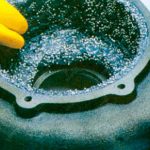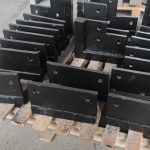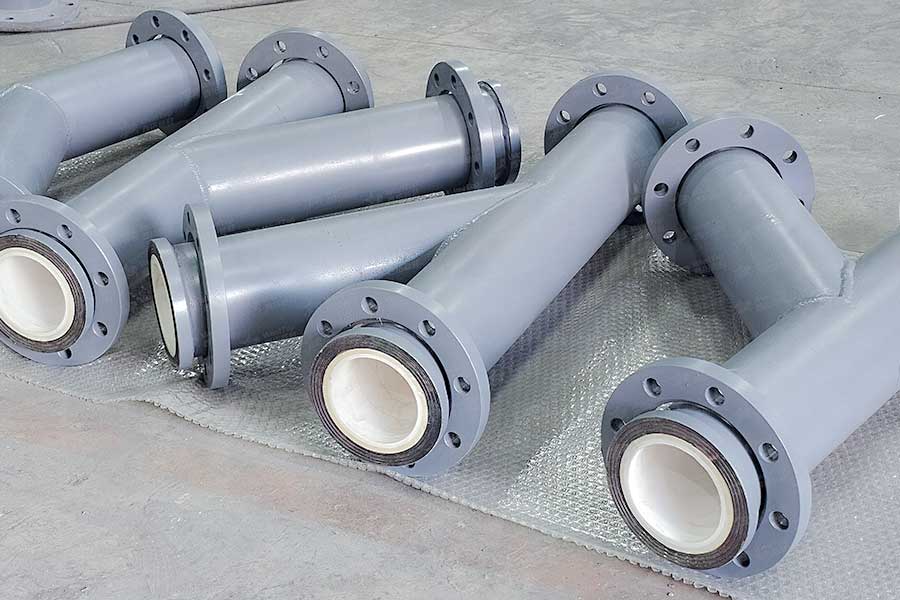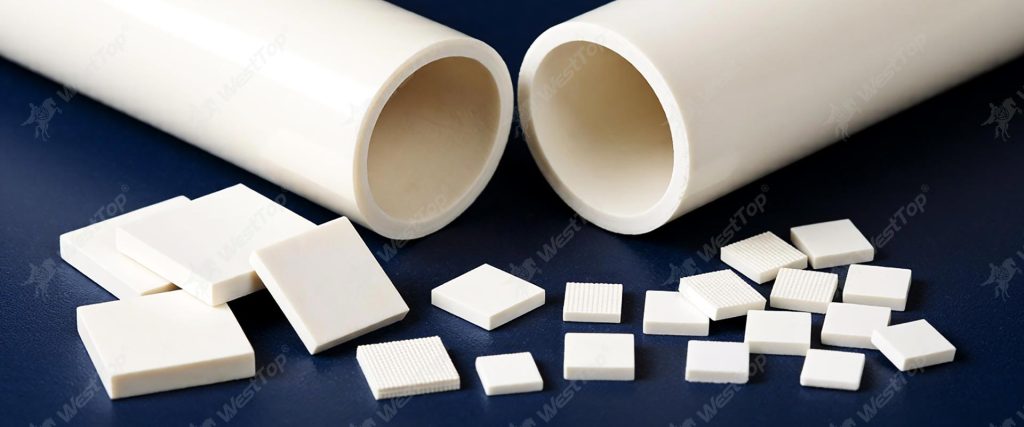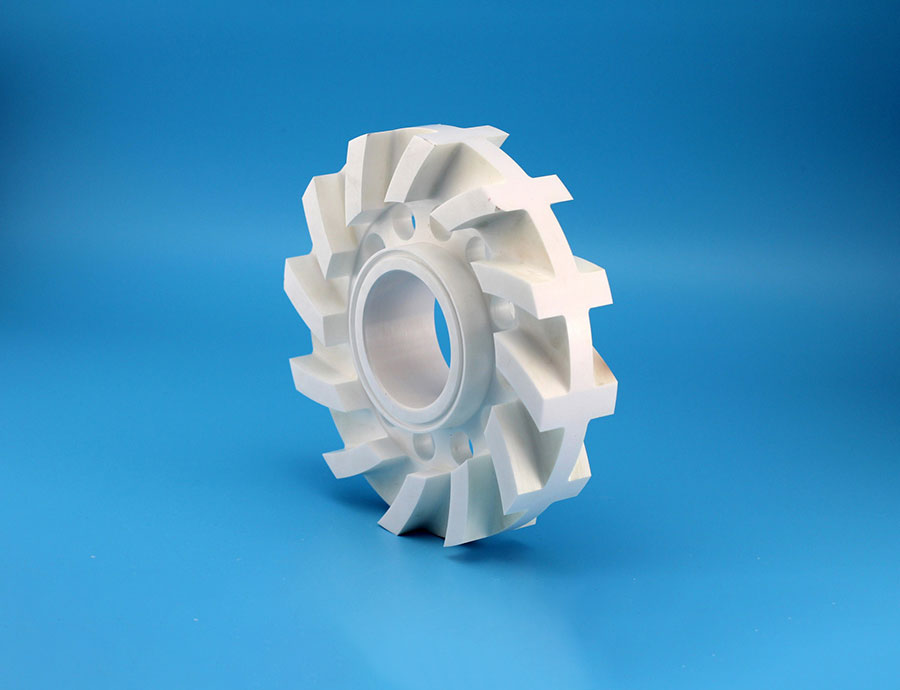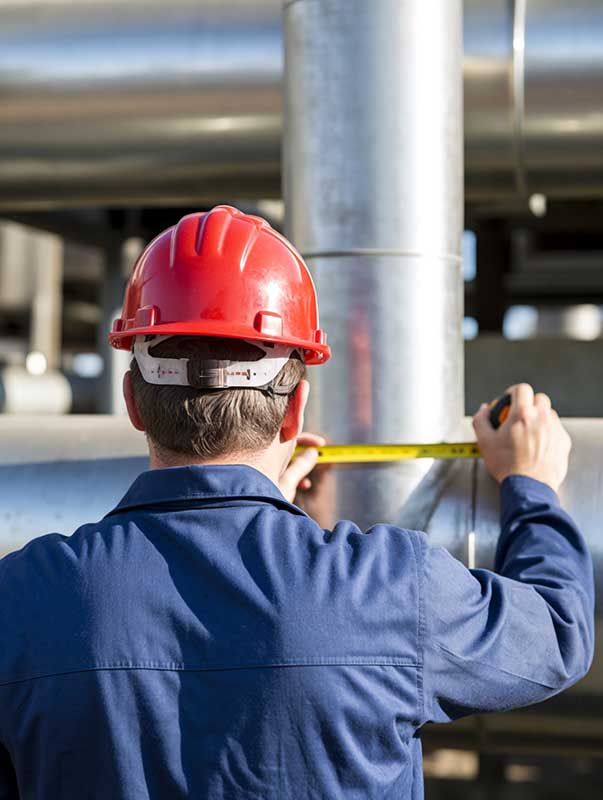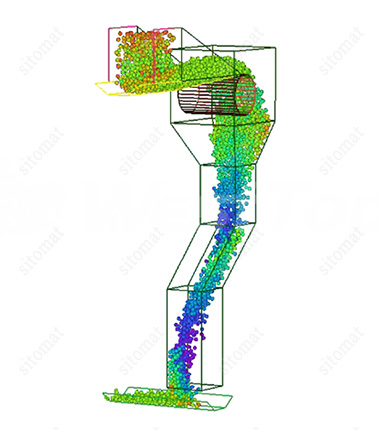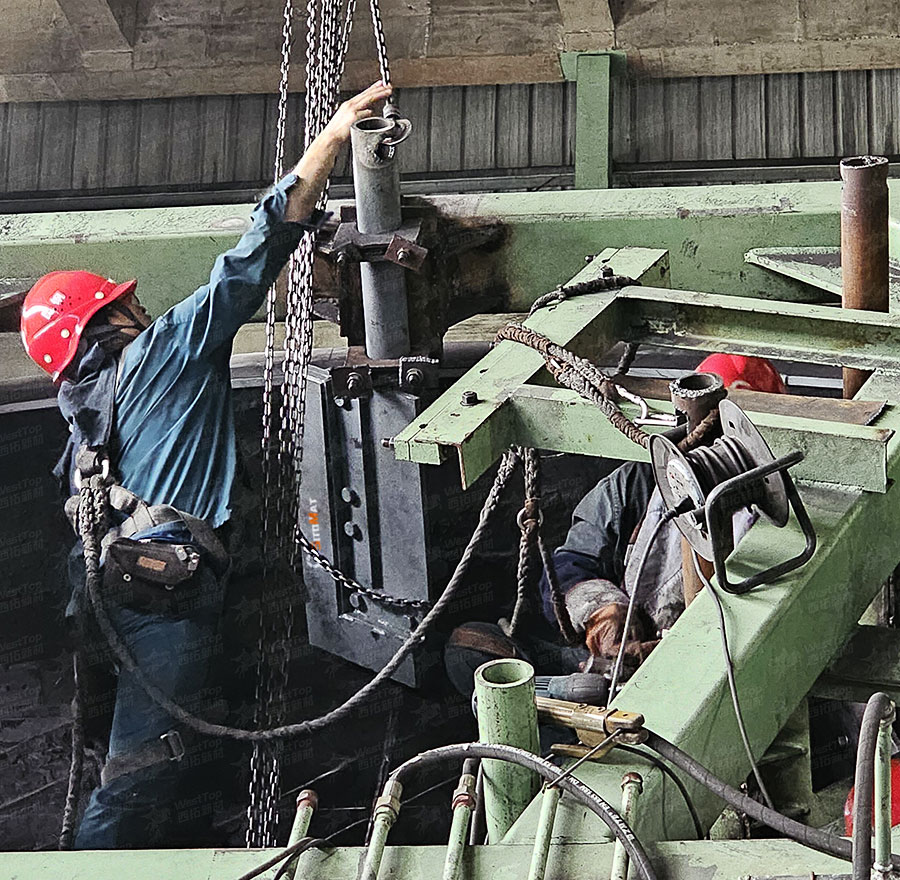
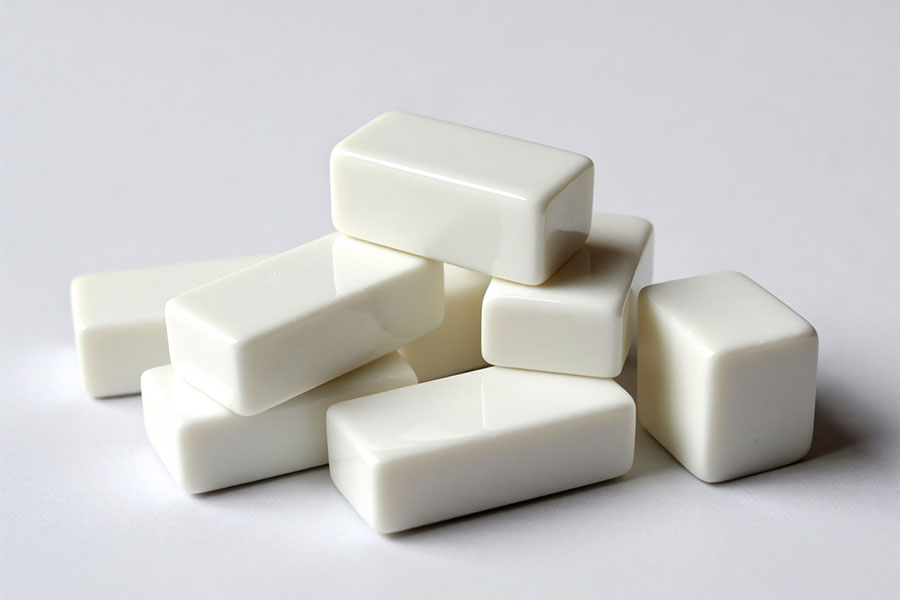
In the field of material science, inorganic non-metallic materials play an important role in many industrial fields due to their unique physical and chemical properties.Among them, zirconia toughened alumina ceramics ( ZTA ceramics ) have become a very promising anti-wear material in industrial applications due to their excellent wear resistance. It is often used as a wear-resistant ceramic lining inside pipes or equipment.

The core preparation technology of ZTA ceramics
As a typical inorganic non-metallic composite material, the core technology of ZTA ceramics is to adjust the addition amount of zirconia ( ZrO2 ), which can enhance the toughness of Al2O3 matrix.Al2O3 matrix has high hardness, but its toughness is relatively insufficient.The addition of ZrO 2 can significantly improve this defect. However, there is a significant nonlinear relationship between the addition of ZrO 2 and the material properties.Excessive addition of ZrO2 will lead to a decrease in the hardness of the material. Therefore, controlling the addition ratio of ZrO2 is a key process parameter for the preparation of high-performance ZTA ceramics.
The toughening mechanism of ZTA ceramics involves many aspects. Firstly, in the process of material preparation, the addition of ZrO2 can effectively inhibit the abnormal growth of Al2O3 grains and promote grain refinement.The refined grain structure makes the internal structure of the material more uniform and dense. When subjected to external loads, the uniform distribution of stress can be achieved, thereby improving the overall toughness of the material.
Secondly, the phase transformation toughening mechanism of ZrO2 plays an important role in improving the properties of ZTA ceramics.ZrO2 has unique phase transition characteristics. Under the action of external stress, ZrO2 will undergo a phase transition process from the tetragonal phase to the monoclinic phase, which absorbs a lot of energy, effectively consume the driving force of crack propagation, and significantly improve the crack propagation resistance and toughness of the material.
Microcrack toughening is also one of the important toughening mechanisms of ZTA ceramics.Due to the difference in thermal expansion coefficient between ZrO2 and Al2O3, microcracks will be generated during the cooling process of the material.During the propagation of the main crack, these microcracks can absorb the energy of crack propagation, change the direction of crack propagation, and effectively hinder the further propagation of the main crack, thereby improving the toughness of the material.
In addition, crack bifurcation also has an important contribution to the toughening effect of ZTA ceramics.In the process of crack propagation, ZrO2 particles as the second phase particles, can effectively hinder the crack propagation path and force the crack to turn and bifurcate.The extension of the crack path significantly increases the energy required for crack propagation, effectively inhibits the further propagation of cracks, and improves the toughness of the material.
The industrial application prospect of ZTA ceramics
In summary, with its unique toughening mechanism and excellent wear resistance, ZTA ceramics show significant application advantages in the transportation pipeline systems of mining, metallurgy, electric power and other industries, as well as wear-resistant components in mechanical manufacturing, chemical industry and other fields, providing a reliable guarantee for the efficient and stable operation of industrial production. With the continuous progress of material science and technology, ZTA ceramics are expected to be widely used in more industrial fields, providing new technical support for promoting the development of industrial technology.

